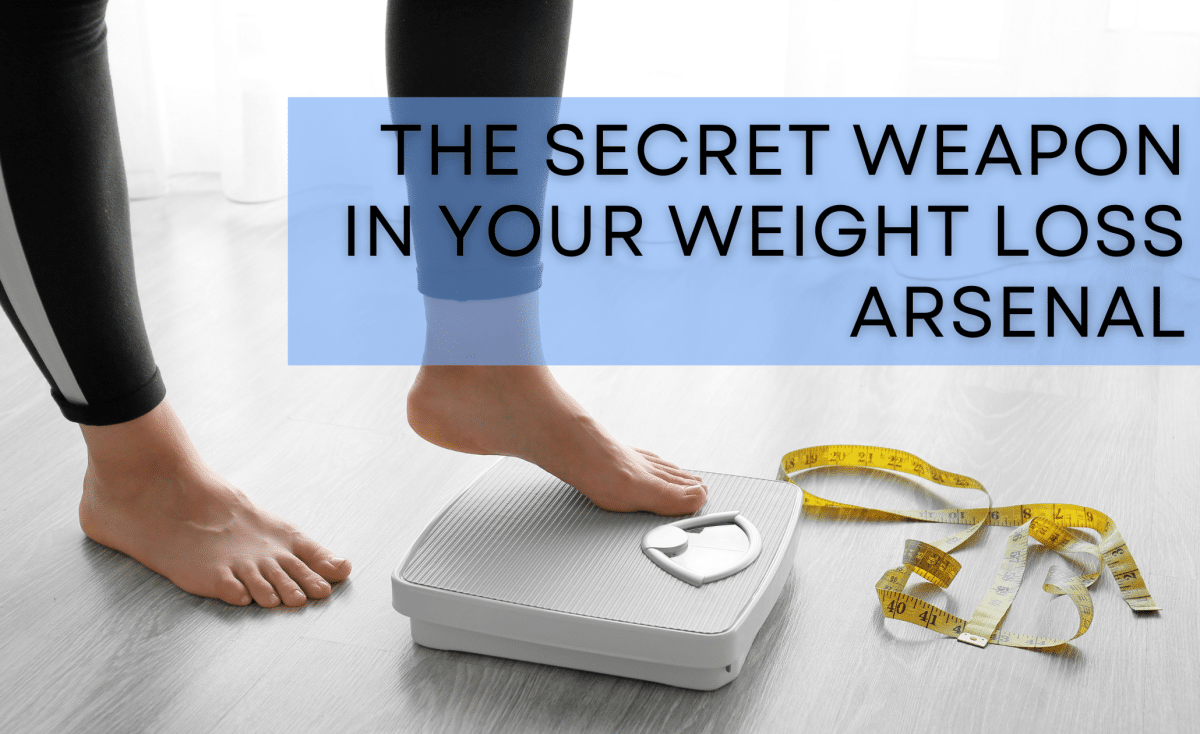In the dynamic world of health and wellness, a groundbreaking shift is underway. This is thanks to a new player on the scene: Semaglutide. Semaglutide is known as a GLP-1 like Ozempic, Rybelsus, and Wegovy. It’s not another drop in the vast ocean of weight loss solutions—it’s causing waves. But what is Semaglutide, and why is it garnering so much attention? Let’s dive into the world of this innovative treatment. We’ll break down the complex science into bite-sized, digestible pieces.
The Magic Bullet? Understanding Semaglutide
Imagine your body as a finely tuned orchestra. Hormones are the musicians, keeping everything in harmony. They’re especially important for appetite and blood sugar levels. Semaglutide steps onto this stage like a master conductor. It directs one of the body’s natural hormones, GLP-1 (glucagon-like peptide-1). This helps it perform more efficiently and for longer periods.
GLP-1 plays a pivotal role in managing appetite and digestion. It’s like having a natural appetite regulator. It tells you when you’re full and helps your body manage sugar from the foods you eat. However, in some people, this system doesn’t work as effectively as it should. Enter Semaglutide, which mimics the effects of GLP-1. It turns up the volume on satiety signals and helps the body manage sugar more effectively. This leads to weight loss and better control of blood sugar levels.
A Deep Dive Into the Weight Loss Pool
The journey of weight loss with Semaglutide is like embarking on a guided trek. It’s gradual, steady, and requires a commitment to lifestyle changes. Users report feeling fuller sooner and for longer periods. This naturally leads to a decrease in calorie intake. Imagine your stomach as a balloon. Semaglutide helps it feel inflated with less air. This translates to smaller portion sizes and less frequent urges to snack. This mechanism can lead to significant weight loss over time. It also increases feelings of fullness.
But Semaglutide isn’t a solo act. For the best results, it’s recommended to pair it with the tried-and-true duo of a healthy diet and regular exercise. Think of Semaglutide as the coach that guides you. Yet, the real work still depends on your commitment to change lifestyle habits.
The Ripple Effects: Beyond Weight Loss
Semaglutide’s impact goes beyond shedding pounds. For individuals with or without type 2 diabetes, it’s a double-edged sword. It helps control weight and blood sugar levels by acting as a gatekeeper. It helps prevent blood sugar spikes after meals. Moreover, Semaglutide-induced weight loss can lead to improvements in other areas. This includes blood pressure, cholesterol levels, and the overall risk of heart disease. Losing weight is like knocking down a row of dominos. It starts a chain reaction of health benefits.
Navigating the Waters: Considerations and Side Effects
Embarking on a journey with Semaglutide, however, is not without its considerations. Side effects can range from mild gastrointestinal issues, such as nausea and constipation. More serious side effects are rare. It’s important to consult with a healthcare provider to understand if Semaglutide is the right choice for you. Consider your health history. Also, consider any potential interactions with other medications.
The Horizon: Semaglutide and the Future of Weight Loss
Semaglutide is changing the weight loss landscape. It offers a scientifically backed, effective option for people. They are struggling to lose weight through diet and exercise alone. Its ability to mimic and amplify the body’s natural signals for fullness and sugar regulation is a testament to advances in medical science. It also shows our understanding of the complex ballet of hormones. These hormones govern our appetite and metabolism.
As we look to the future, Semaglutide presents a promising avenue for people who want a sustainable way to manage their weight. However, it’s essential to remember that it’s not a magic pill. It’s a tool. When used with lifestyle changes, it can lead to significant and lasting health improvements.
Among weight loss solutions, Semaglutide stands out for its effectiveness. It’s in a vast sea. It also stands out for its approach, tackling the root causes of weight gain. It offers a beacon of hope for those navigating the often-turbulent waters of weight loss. As we continue to explore and understand its full potential, Semaglutide is poised to remain at the forefront of the weight loss industry. It offers a lifeline to those seeking to reclaim their health and well-being.




